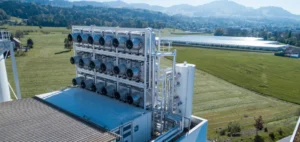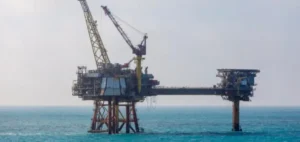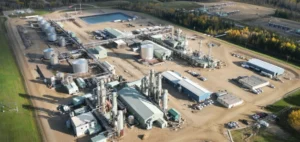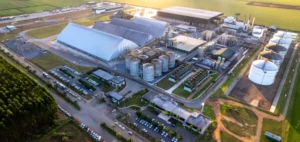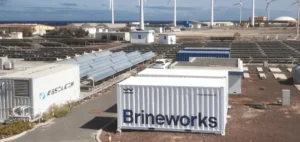India is taking a bold step in its energy transition by implementing a Carbon Credit Trading Scheme (CCTS). Designed to reduce greenhouse gas (GHG) emissions while maintaining rapid economic growth, the CCTS is expected to be operational by the 2026-27 fiscal year, with the first tradable carbon credits shortly thereafter.
A Key Role for the Bureau of Energy Efficiency
The Bureau of Energy Efficiency (BEE) is spearheading this project in collaboration with sector-specific technical committees. Together, they will assess emissions from key industrial sectors, including cement, steel, pulp and paper, and petrochemicals. These industries will need to develop detailed monitoring plans to identify emission sources and methodologies.
In its initial phase, these priority sectors will lay the groundwork for the program. Over time, other industries will be gradually included, based on government directives.
Revealing Emissions Data
In 2024, India’s total GHG emissions reached 2.9 billion metric tons of CO2 equivalent (mtCO2e). The electricity generation sector accounts for nearly half, with 1.4 billion tons. However, this sector will not be part of the initial compliance mechanism, with its inclusion planned for later phases.
The industrial sector, the second-largest emitter, produces 600 million metric tons of CO2e. Within this sector, the steel industry represents 45% of industrial emissions, accounting for 10% of the country’s total emissions. Projections indicate that industrial emissions will rise by 41% by 2050, reflecting the sector’s growth.
An Incentive-Based Carbon Credit System
Companies that surpass their emission intensity reduction targets will earn Carbon Credit Certificates (CCCs). These certificates can be traded in the market, encouraging investment in sustainable technologies and practices. Conversely, companies failing to meet their targets must purchase CCCs to offset excess emissions.
The credit system excludes certain emission sources, such as biomass and renewable energy, considered carbon-neutral. Carbon capture and storage (CCS) technologies are also excluded from calculations, as they directly remove CO2 from the atmosphere.
An Evolving Regulatory Framework
During stakeholder consultations in November 2023, draft procedures were discussed to transition the existing Perform Achieve-Trade (PAT) program into the CCTS. However, uncertainties remain about how the transition between these two programs will unfold.
To ensure the initiative’s success, the government and stakeholders must prioritize training and awareness. Expanding the CCTS will depend on additional approvals, enabling a broader range of industries to join this collective effort to reduce GHG emissions.
The BEE is expected to provide upcoming guidance on CCC issuance, validity, and pricing—key elements for navigating this emerging carbon landscape.












